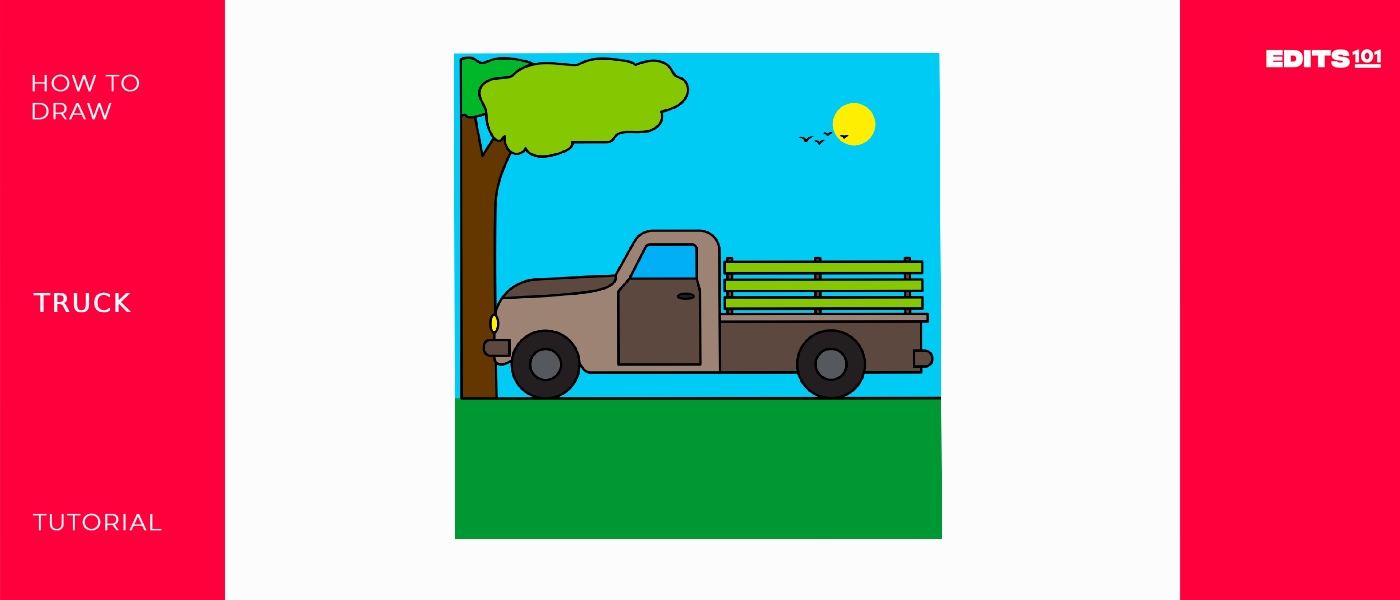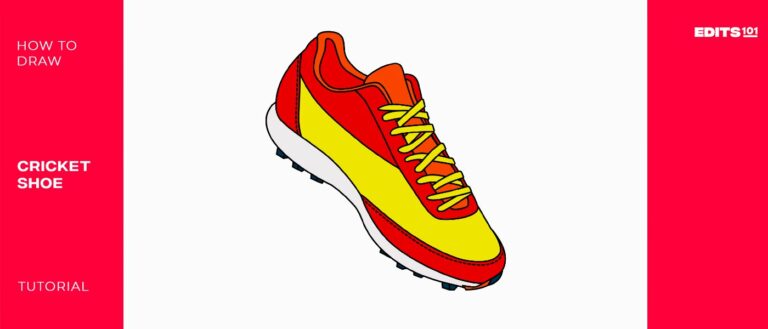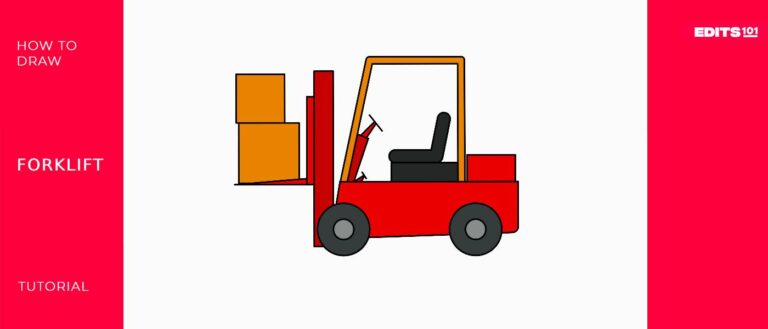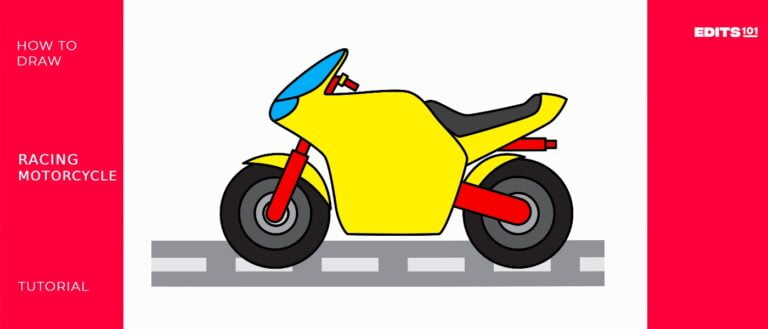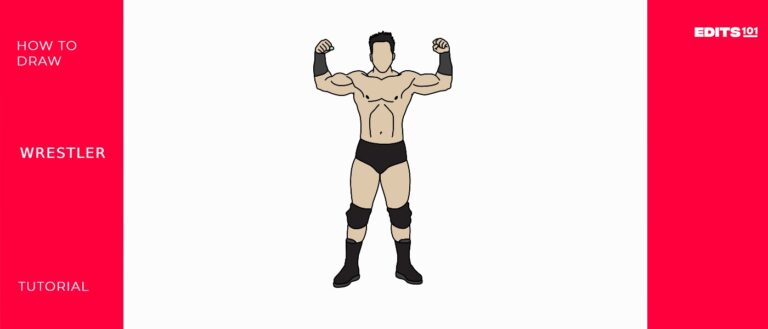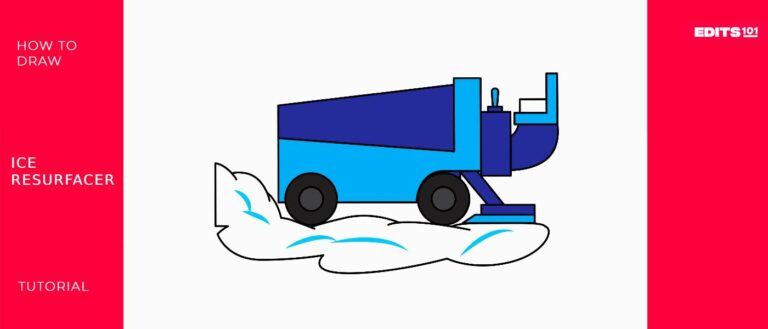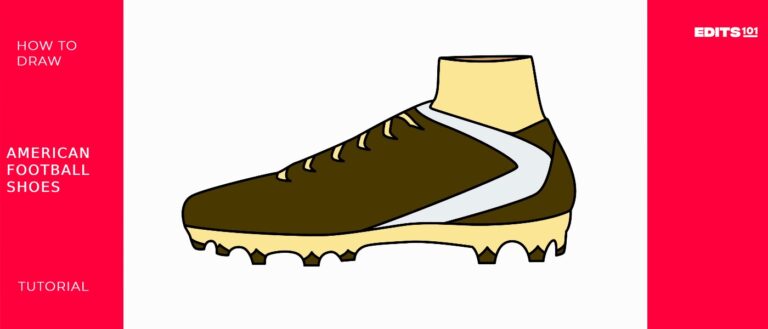How To Draw A Truck | 8 Easy Steps
Are you ready to deliver? Today, we brought you another exciting drawing. We will draw a Truck.
A truck is a motor car designed to transport freight, convey specialized payloads, or perform different utilitarian work. Vans range significantly in size, power, and configuration, but the tremendous majority function frame-on-body construction, with a cabin that is unbiased of the payload part of the vehicle. Smaller varieties can be mechanically similar to a few motors.
Commercial vehicles can be massive and effective and may be configured to be established with specialized systems, such as refuse vehicles, hearth trucks, concrete mixers, and suction excavators. In American English, an industrial car without a trailer or other articulation is formally an “instantly truck” at the same time as one designed primarily to pull a trailer isn’t always a truck but a “tractor.”
what you will need
- A pencil
- An eraser
- A sheet of paper
- Coloring kit
- Ruler
- 25 minutes
How To Draw a Truck
Fill up the truck and deliver it all. All you have to do is follow each step carefully. By doing that, you will have a fantastic truck within a few minutes.
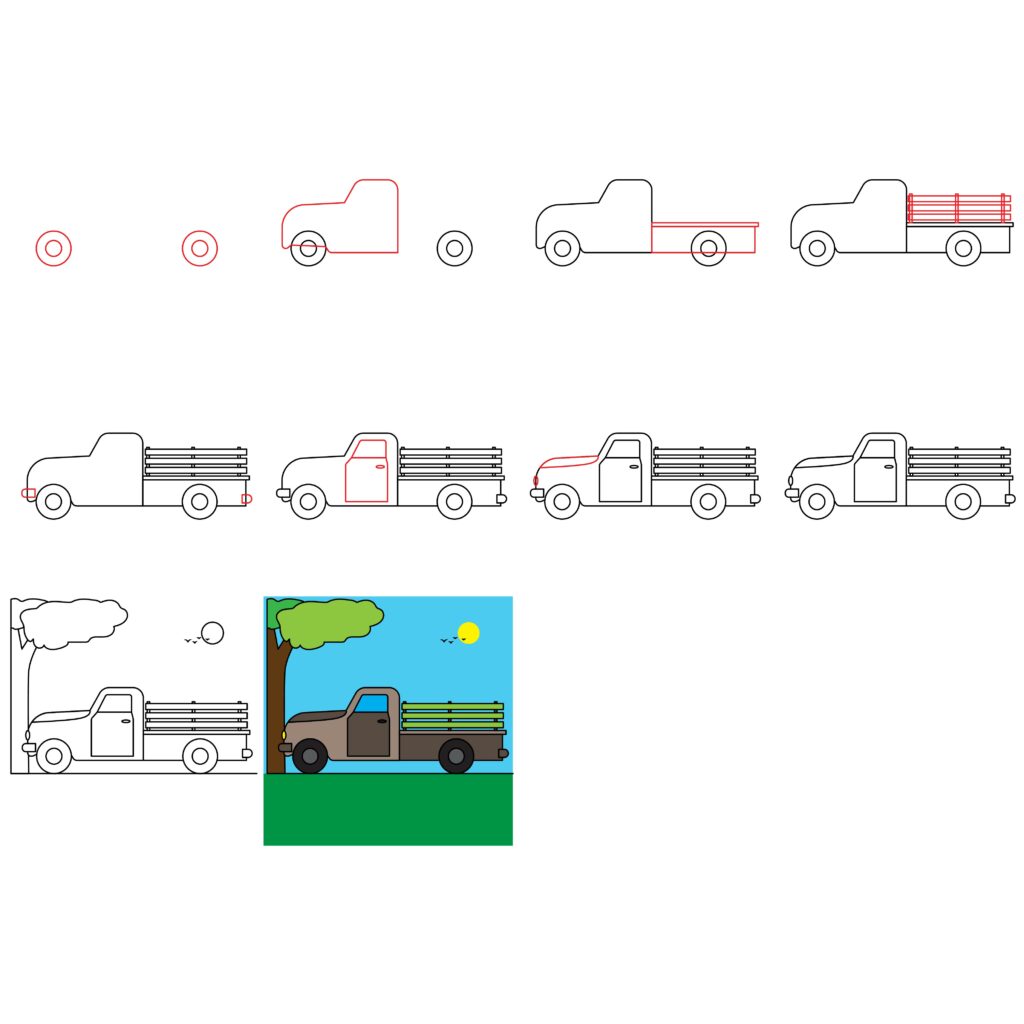
Step 1: Draw Wheels
In the mid-19th century, the roads of the time, constructed for horses and carriages, restrained these cars to very brief hauls, generally from a factory to the nearest railway station. The first semi-trailer was in 1881, towed using a steam tractor manufactured through De Dion-Bouton. Steam-powered wagons were bought in France and the US until the eve of worldwide Conflict I and 1935 inside the United Kingdom, while an exchange in road tax regulations made them uneconomic towards the brand new diesel lorries.
Draw two circles on both sides to make the wheels for the truck. They should be both at precisely the same level as each other.

Step 2: Draw the truck head
The diesel engine was standard in trucks in Europe in the 1930s. Within America, Autocar introduced diesel engines for heavy programs within the mid-Nineteen-thirties. Demand changed into excessive sufficient that Autocar launched the “DC” version (diesel conventional) in 1939.
On top of the front wheel, draw the truck body with several lines like the image. Create the head at only the first wheel, extending towards only halfway to the second wheel.
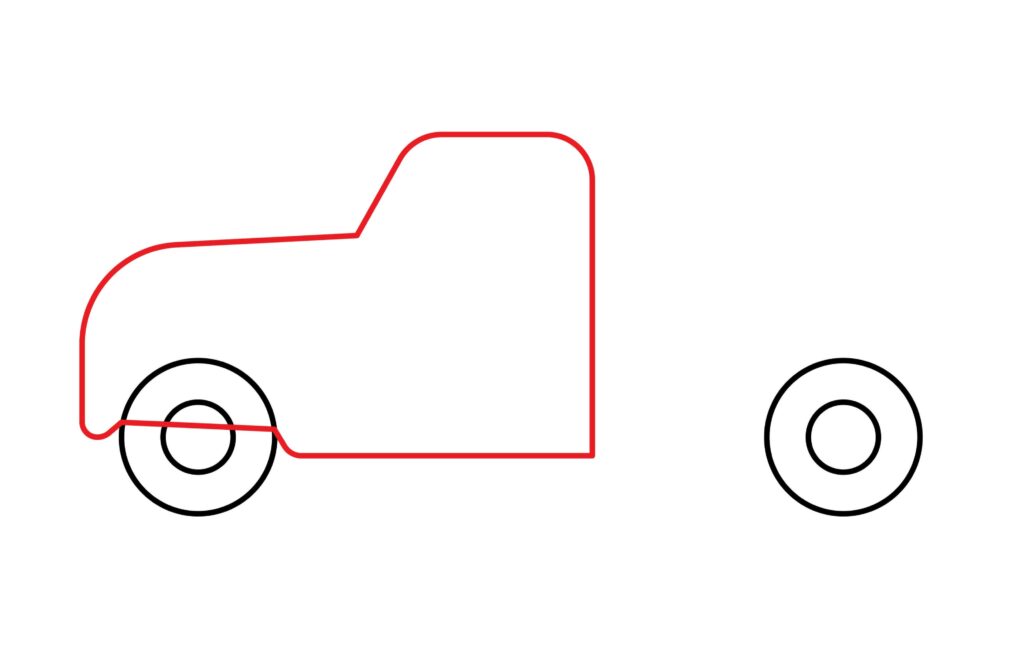
Step 3: Draw the back part of the body
The truck is used in American English and is common in Canada, Australia, New Zealand, Pakistan, and South Africa. At the same time, the lorry is equivalent in British English and is the usual term in countries like Ireland, Malaysia, Singapore, and India.
Draw a horizontal rectangle on top of the back wheels for the back part of the truck. Draw two horizontal parallel lines at a distance for a rectangle, then join them with two vertical parallel lines. And draw two horizontal lines for the baseline. Attach it to the back side of the head.
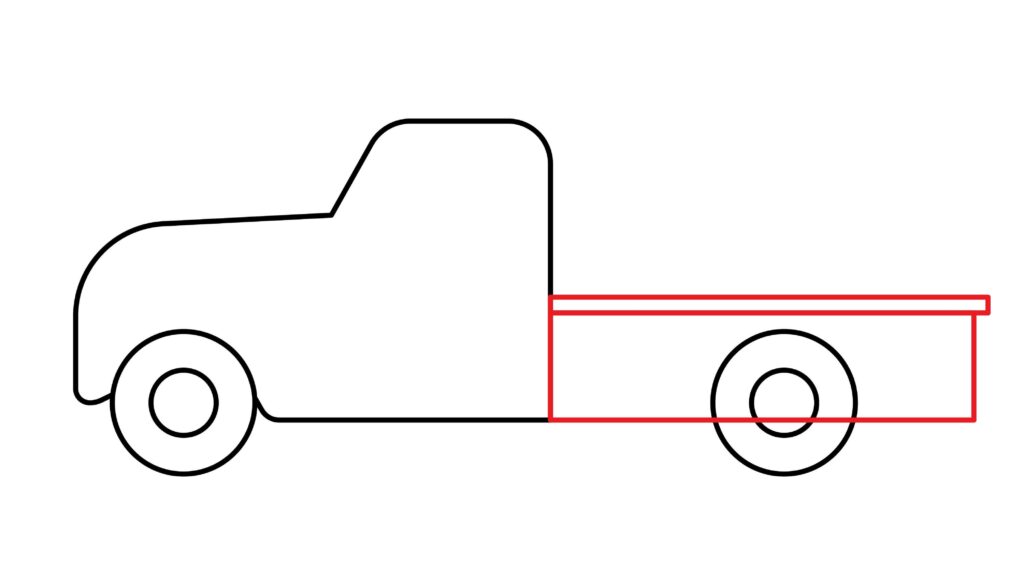
Step 4: Draw the wooden case
most small vans, inclusive of game application motors (SUVs), vans or pickups, and even mild medium-obligation vans in North the United States, China, and Russia, use gas engines (petrol engines), but many diesel engine models at the moment are being produced. Most heavier vans use four-stroke diesel engines with a turbocharger and intercooler.
Big off-motorway vans use locomotive-type engines, which include a V12 Detroit Diesel two-stroke engine. Many refuse vans inside the United States of America rent CNG (compressed natural gas) engines for their low fuel cost and decreased carbon emissions.
Draw three vertical lines and three horizontally long rectangle shapes to make the wooden case of the truck. The wooden cage holds the cargo and stuff in the back part of the truck, usually made of wood or even steel for heavier objects.
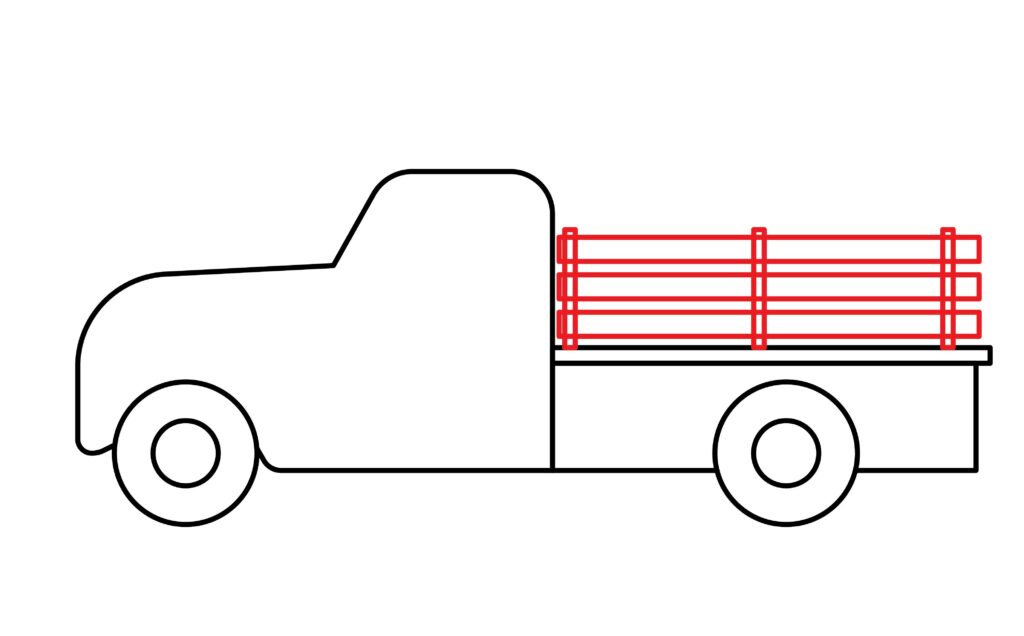
Step 5: Draw bumpers
A truck frame consists of parallel boxed (tubular) or C‑fashioned rails or beams held collectively by cross members. Those frames are known as ladder frames because they resemble a ladder if tipped on quit. The rails have a tall vertical segment (if boxed) and shorter horizontal flanges. The peak of the steep section presents opposition to vertical flex when weight is applied to the body’s pinnacle (beam resistance). Although usually flat the whole length on heavy-duty vehicles, the rails might also now and again be tapered or arched for clearance around the engine or over the axles.
Draw two one-side rounded head rectangles on both sides to make the bumpers. Bumpers are a grand means of safety for the truck’s body from the front and back to ensure maximum cargo safety.
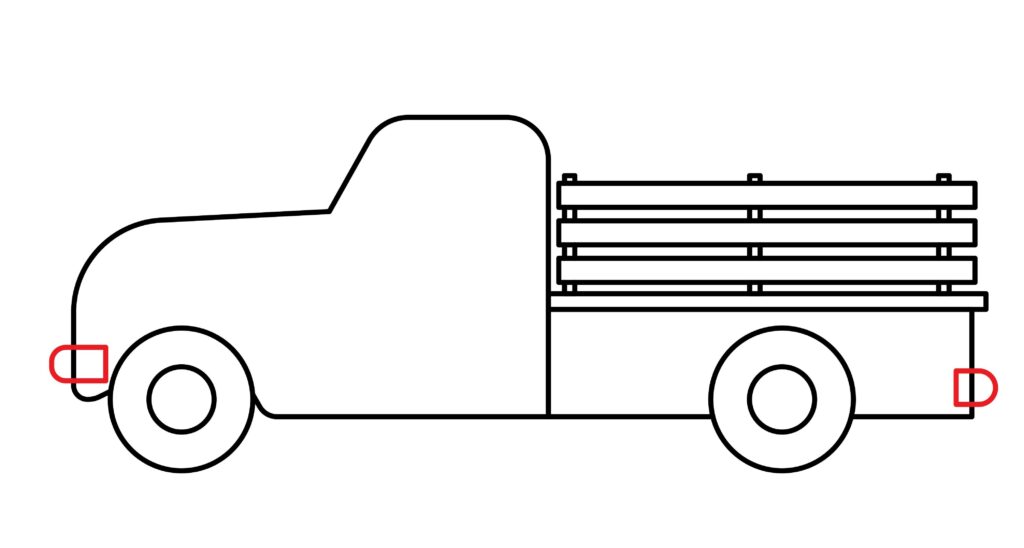
Step 6: Draw window and door
Trucks are usually two-seaters only, like any other car. They have windows and doors with a front windshield for the driver’s view.
Draw cabin windows and doors with the truck head with several lines.
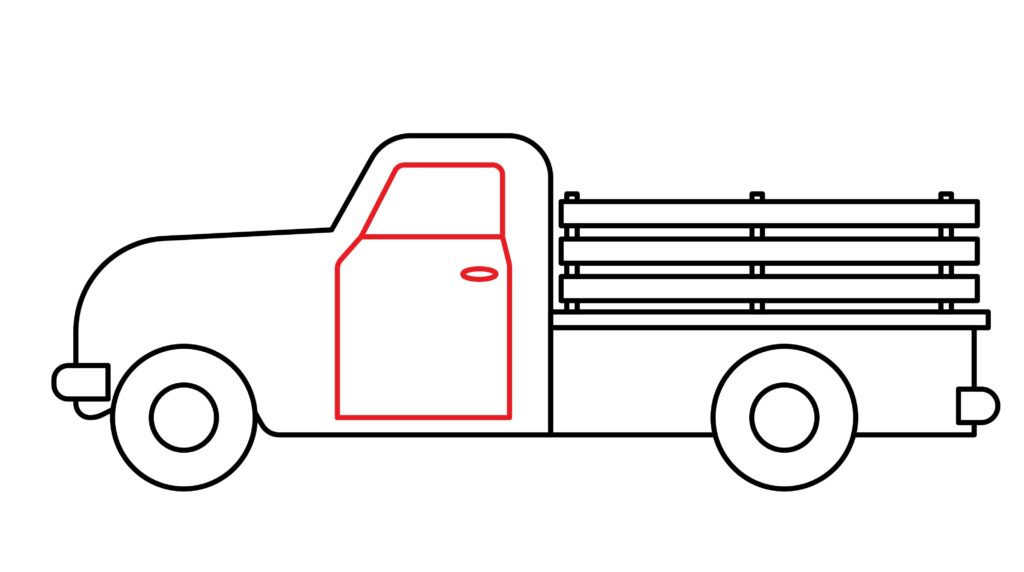
Step 7: Draw the light and engine case
The engine case is the truck’s bonnet made of solid steel that insulates the vibration and sound from the engine and protects it from environmental damage.
Draw a vertical oval on the front of the head to make the light—and engine case with dynamic lines.
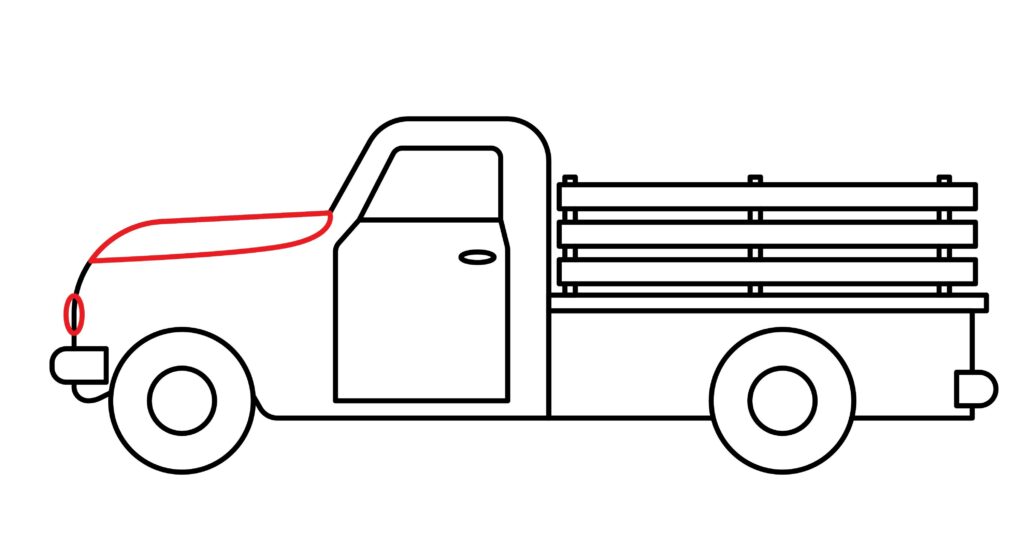
Step 8: Your truck is ready!
Congratulations! The truck is ready to deliver cargo safely. You did an excellent job. We are confident you followed each step and made your Truck correctly. To make the drawing more prominent, we will outline it using a marker. After tracing, we will erase the pencil for a neat look.
Hey, wait! The real fun is about to begin. We are about to upgrade our drawing and make it look more realistic. Are you ready to unfold your imagination and creativity to make your drawing professional?
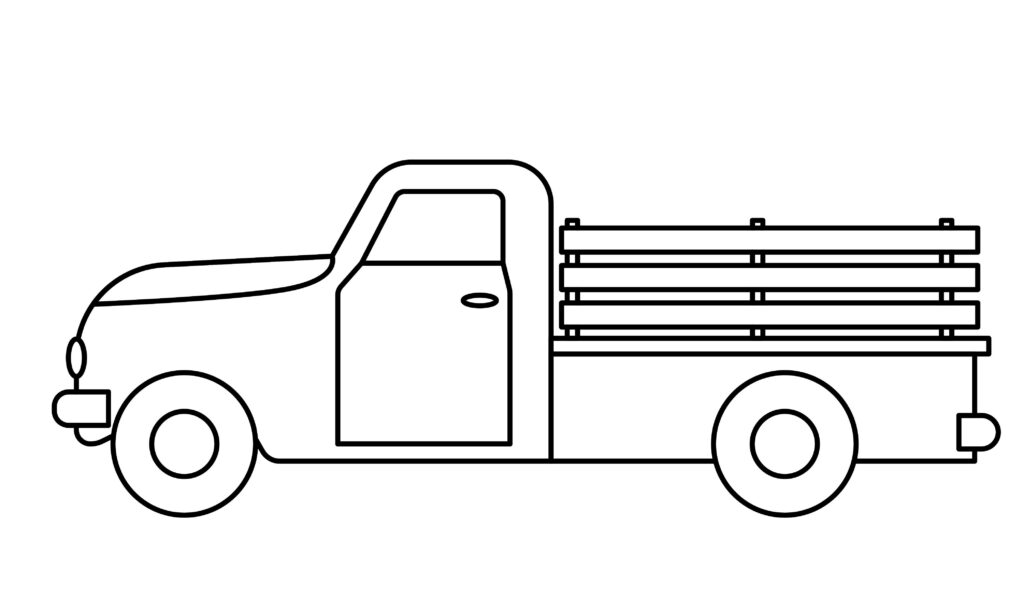
Taking your truck drawing to the next level
Let me tell you, there is no limit to your imagination. Once you use it effectively, you can achieve anything. Similarly, by using your creativity, you can make your drawing advanced. Let your thoughts run wild and create something extraordinary for your picture.
Doing this will make you feel more confident and willing to draw more things. This section is all about creativity and experiments. We’ll add different things to our drawing.
Grab your stationery and let the magic begin.
Adding background to your drawing
A drawing’s background is essential for creating context, depth, atmosphere, and narrative. It enhances the composition, supports the subject, and adds to the artwork’s impact and significance.
You can add a background to your drawing, like a road or a sunny sky. You can also draw details like trees.
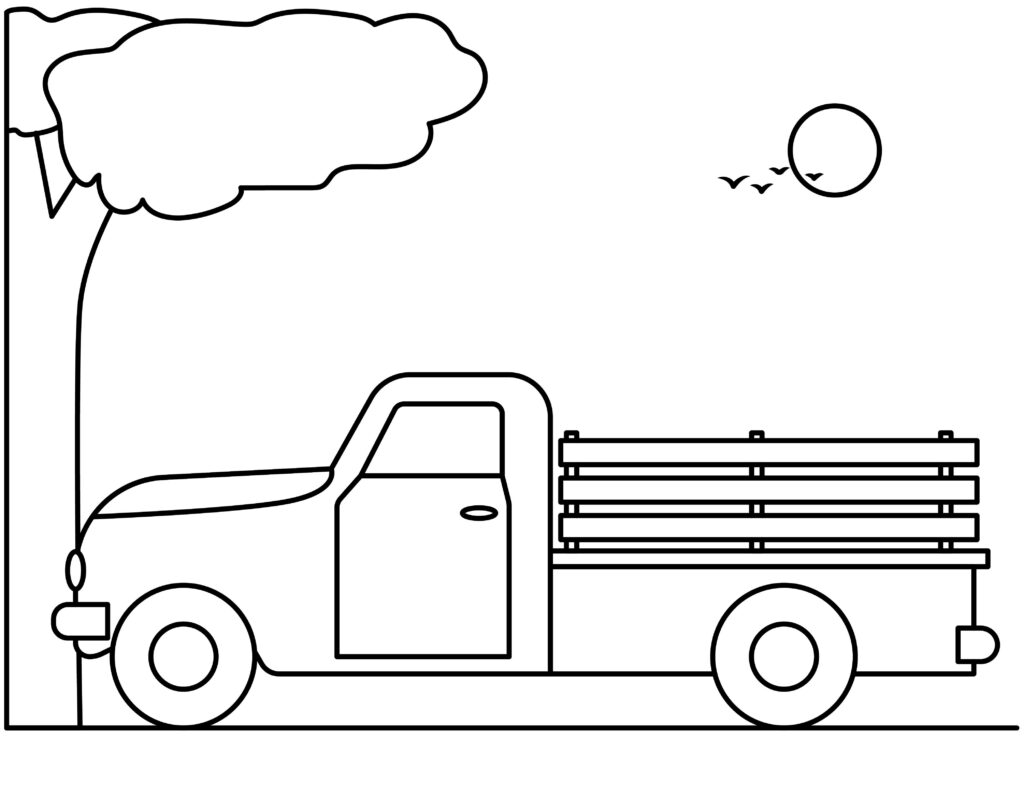
Adding Colors to your drawing
The color scheme you choose can affect your mood. Bright colors can give an impression of lightness, while cool colors can inspire relaxation or sadness. In addition, colors help define shape and depth so that objects can be moved forward or backward. It creates a harmony or contrast that attracts the viewer’s eye and affects the overall visual effect.
Let’s add some life to the truck and the background by playing with our creativity in colors. There is no hard and fast rule for coloring. You can add color to whatever suits your mood. But few things will be colored as they are in real life, like dark grey smoke. Remember, it’s your truck, so you can make it as colorful as you like!
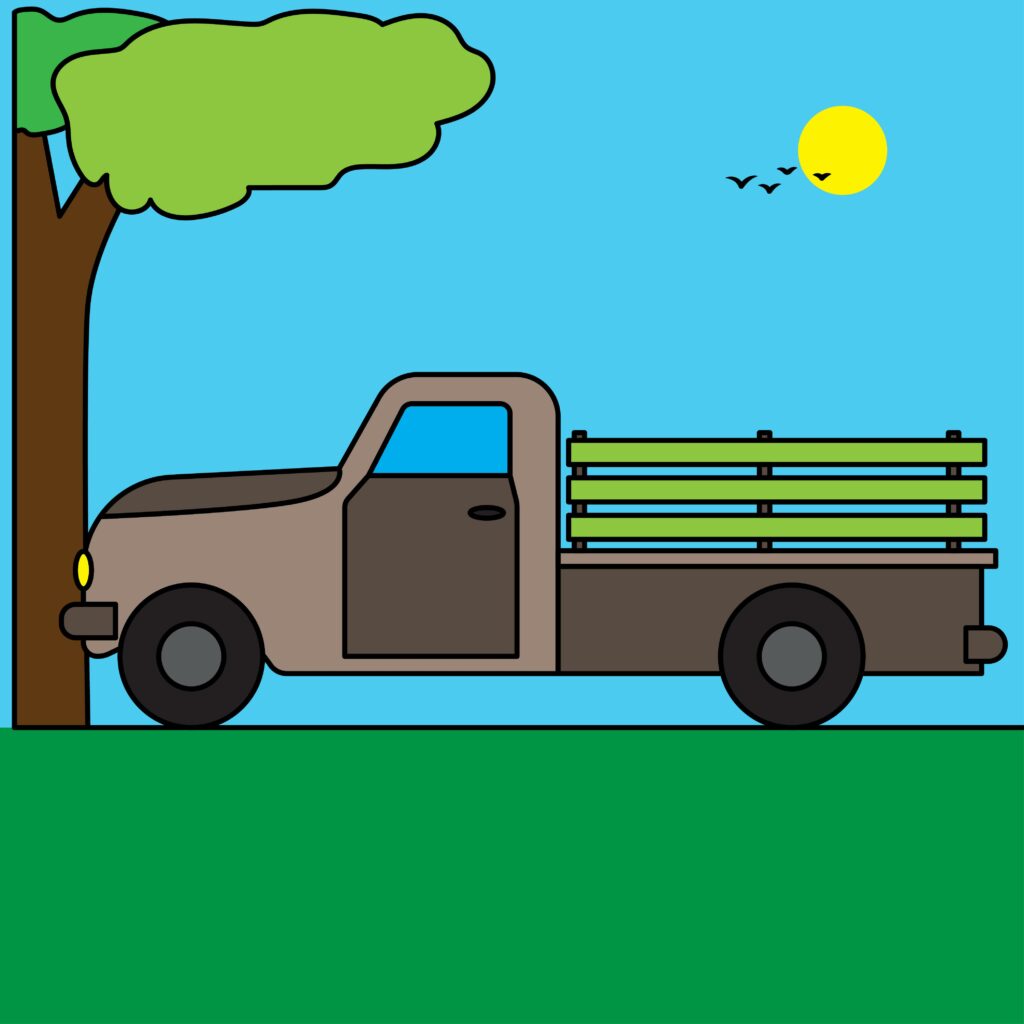
Color your Truck with crayons, colored pencils, or markers. You can choose any colors you want. Remember, it’s your Truck, so you can make it as colorful as you like!
P.S. Bonus Tips
Our drawing is completed, and we’re sure you enjoyed it as much as we did. As mentioned earlier, there’s no limit to one’s creativity. The drawing can be upgraded in any way. We added background and colors, but there’s more you can do.
You can add some trees on the side or mountains in the background; all these sum up a great-looking picture.
These are just a few ideas for ideas. Don’t limit yourself to these ideas only. Use your creativity and give your drawing a new look. You can use your imagination in this part to be creative.
Conclusion
That’s it! Our picture is now completely ready. It was a fun and easy process. We are sure you have followed every step without skipping a beat and created a fantastic picture. We started by making the wheels, then added the head with the base after with the cage and doors. We also added light and a front bonnet with both bumpers.

Thanks for reading & feel free to check out more of our articles!
Author Rating
Overall Rating
Summary
This guide explains how to draw a truck in a simple and effective way. You will learn a few interesting facts about this vehicle by reading this guide.

